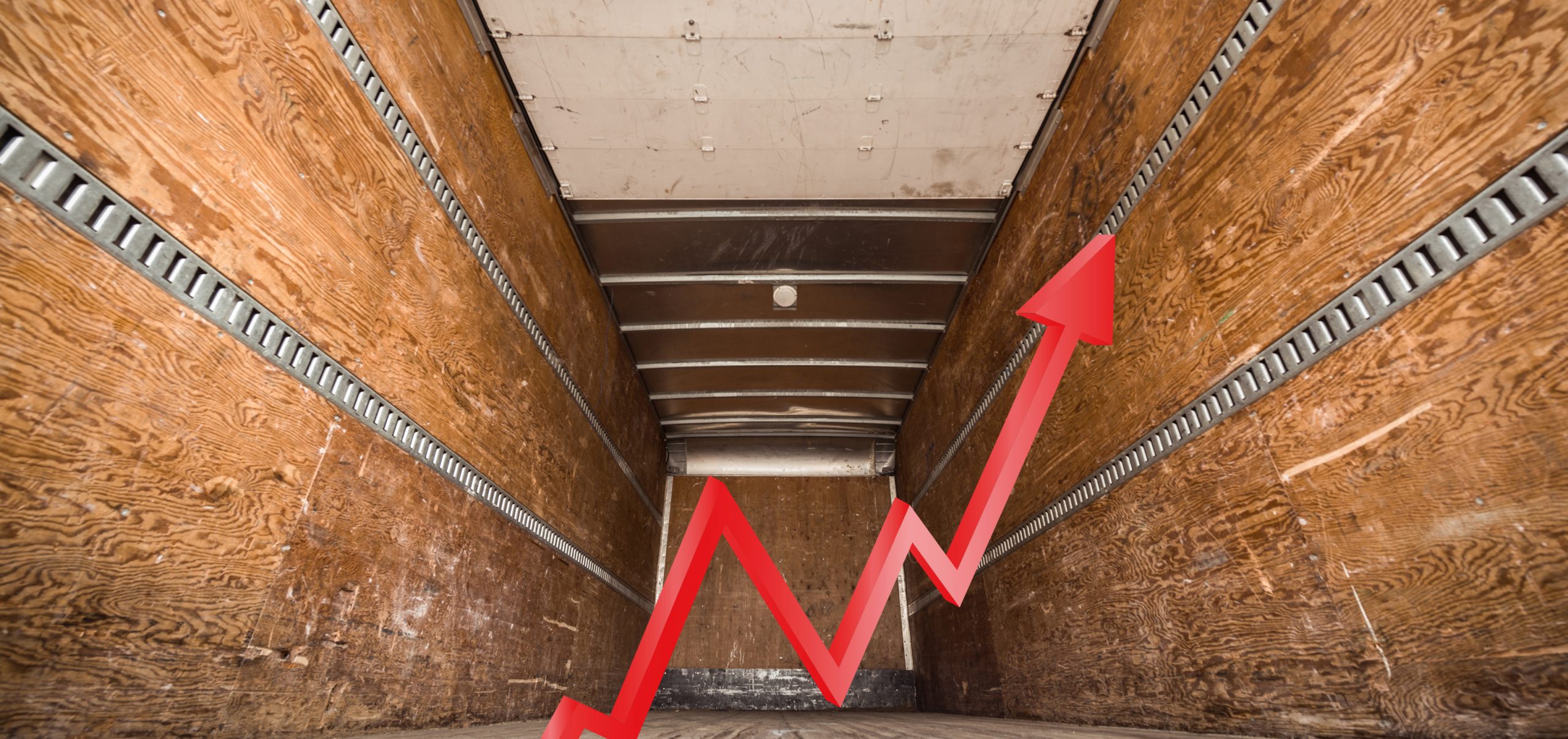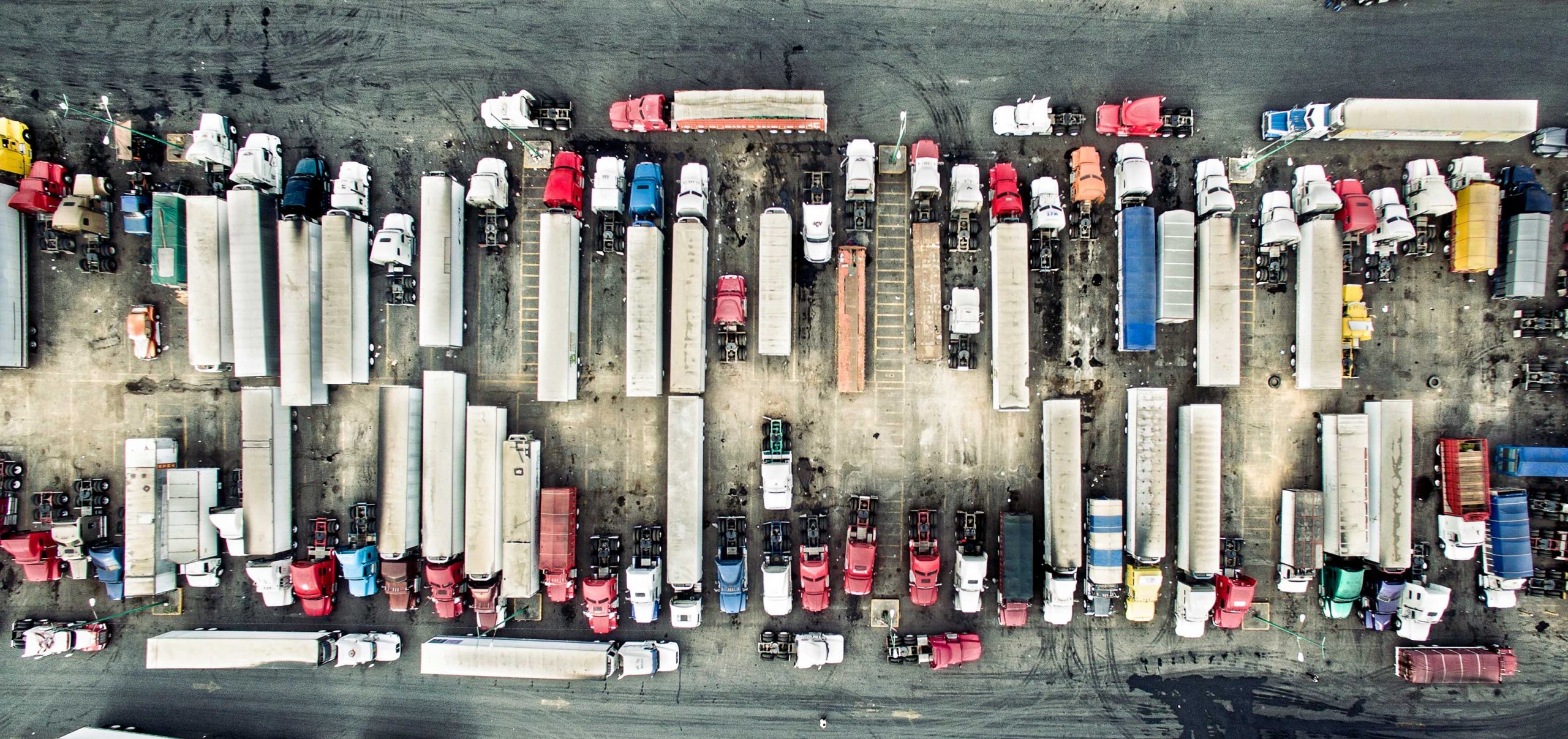
<!--[CDATA[
Once again, the number of freight thefts increased significantly in 2017. A whole bundle of actions, from protection technology and intelligent route planning to decisive action by politics might alleviate this worsening problem. Knife attacks on truck drivers, tarpaulin slashings in the parking lot, raids at full speed – all types of freight theft are booming. According to the Transported Asset Protection Association (TAPA), in 2017 the numbers rose to the highest level in the 20-year history of the transport security association. It recorded 2,880 incidents in 41 countries. Compared to the previous year, this is an increase of ten percent. Since TAPA receives very little data from Africa and the Middle East, 96 percent of the documented offenses were attributable to ten countries. The leader was Great Britain with about 1,500 cases, 262 incidents were registered in Germany. However, the numbers here again only reflect the cases reported to the TAPA by its member companies. The estimated number of unreported incidents is therefore expected to be significantly higher. The Middle German Broadcasting Corporation (MDR) reported 613 incidents for Saxony-Anhalt in 2017 alone. There have already been around 500 this year.
Affected: everything that can be turned into money
In the past year, 73 percent of the offenses registered by TAPA (2016: 61 percent) involved stolen cargo from trucks. As before, foods and drinks were particularly popular with thieves – about every tenth theft was about this type of freight. Generally speaking, however, the perpetrators steal everything that can be turned into money: from consumer goods to pharmaceutical products, to car parts. According to TAPA statistics, the total loss due to freight theft is 105 million euros (2016: around 78 million euros). In fact, the numbers are probably far higher. For Germany alone, the “Theft Prevention in Freight Transport and Logistics Working Group” estimates the value of the stolen goods to be 1.3 billion euros per year. In addition, 900 million euros would be lost due to consequential effects such as delivery delays, repair costs, lost sales, and production losses.
Parking lots the primary crime scenes
The primary location for offenses last year were parking lots: In 70 percent of the cases, the perpetrators struck there. In 2016, the share was still at 41 percent. In order to defuse this danger zone, TAPA has developed minimum standards for parking security requirements. Other concerned parties are also working on the problem. For example, the European Commission has commissioned a study on secure parking for trucks, which is also expected to include a concrete action plan. It is likely to be some time, however, until such initiatives provide more security. Until then, companies and drivers have to help themselves, for example through more security technology in the vehicle. An innovation in this area is what’s known as the tarp alarm, which signals when thieves tamper with it. Forward-looking planning and scheduling can also help, for example via the Resilience360 risk management platform for supply chains from DHL. For example, this early warning system analyzes cargo theft trends in terms of geographical location and particularly affected industries. This makes it easier to evaluate transport routes and – hopefully – avoid loss of goods.



